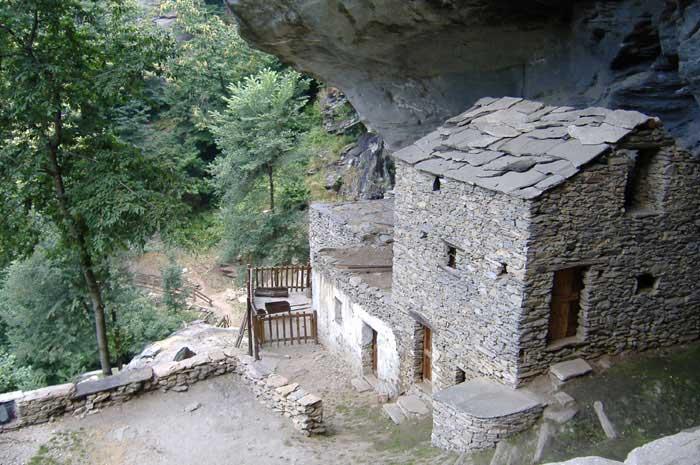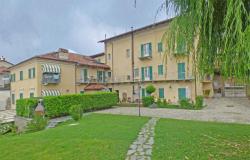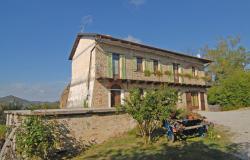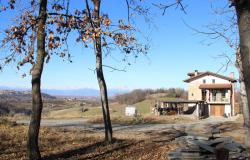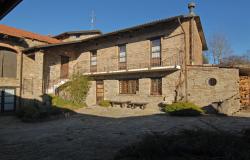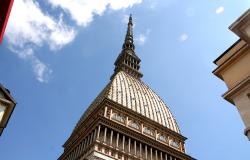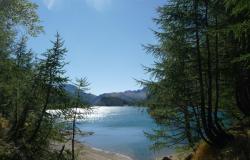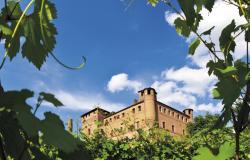If you are one of those travellers that likes to find unusual and off-the-beaten-track places to visit, then be sure to take the 60-minute drive north from the Piemontese town of Cuneo to the small town of Sanfront, not a remarkable town by Italian standards, but, a further five-minute drive, crossing the river Po, delivers you to Rocchetta.
A 30-minute walk from Rocchetta, along a winding path through chestnut trees, is Balma Boves, a peasant village carved out of the side of a rocky gorge, on the southern side of Monte Bracco. Its unique situation beneath the rocks above has enabled it to remain undamaged by time, protecting this significant testament to rural living from the ravages of the inclement winter weather.
Last inhabited in the late 1960s, the village is a perfect example of an efficient independent rural microcosm that epitomises the relationship between man and his environment. Over the decades following its last habitation, the buildings were used mainly as storage with no major disruption to the site taking place.
The village, complete with its own waterfall, consists of peasant dwellings, barns and animal housing and also intact are drying rooms used for producing and storing cheeses and hams. In fact so well preserved is this living museum, you’d expect to see villagers still going about their daily routines.
Acquired by the town of Sanfront in 2002, a restoration project designed by Giorgio Rossi began to take place; lighting was installed to enable the site to be enjoyed in the evenings and restoration of the paths into and around the village took place to ensure the safety of tourists.
The village is well worth an hour or two, as are the nearby attractions of the church of St. Martin, the parish church of the Brotherhood, the rock carvings of the Casna Solie, and the chapel of St. Chiaffredo at nearby Bollano.
Admission to Balma Boves is free, but it’s worth the small fee to take a guided tour, which gives you a more detailed insight into life in the village as well as access to the interiors of the preserved flat-roofed buildings.
Opening Hours:
June: Sundays from 10.00 am to 6.30 pm
July & August: Saturday from 2.30 pm to 6.30 pm, Sunday from 10.00 am to 6.30 pm
September: Sundays from 10.00 am to 6.30 pm
October: Sundays from 2.30 pm to 6.30 pm
Group bookings of 15 or more people attract a discount for guided tours; booking is required for groups. Please note the site is only accessible on foot and is therefore unsuitable for wheelchair users.
For up to date information call: 0039 0171 618260.
